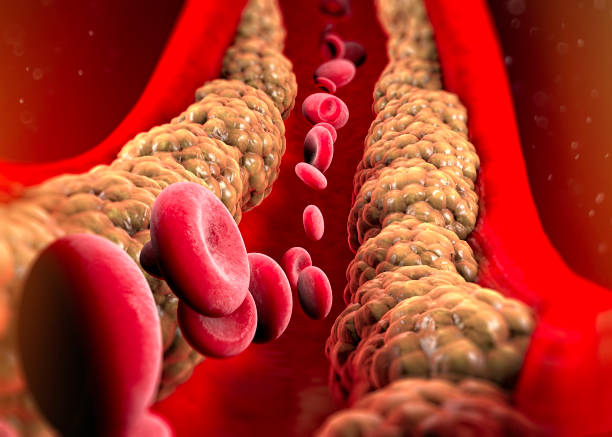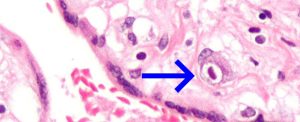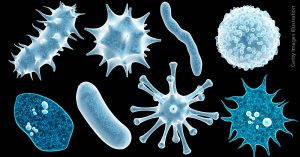Cholesterol, a lipid integral to numerous physiological processes, can become a silent adversary when its concentration surpasses healthy thresholds, resulting in potentially grave health ramifications. This waxy substance can gradually infiltrate and constrict blood vessels, fostering the development of arterial sclerosis, a condition that hinders the seamless flow of blood throughout the body.
Alarmingly, despite its pervasiveness—impacting approximately 40 percent of individuals in the UK—high cholesterol often remains an unperceived threat, manifesting no overt symptoms until significant damage occurs, as per getsurrey.co.uk.
In many cases, individuals only confront the consequences of elevated cholesterol levels following critical incidents such as myocardial infarctions or cerebrovascular accidents. Nevertheless, Dr. Monika Wassermann, the medical director at Olio Lusso, has drawn attention to an under-appreciated warning signal that could serve as a diagnostic clue: anomalies in the appearance of nails. Speaking with Express.co.uk, Dr. Wassermann remarked, “While our bodies often sound internal alarms when compromised, high cholesterol operates stealthily, rendering its presence insidious and easily overlooked.”
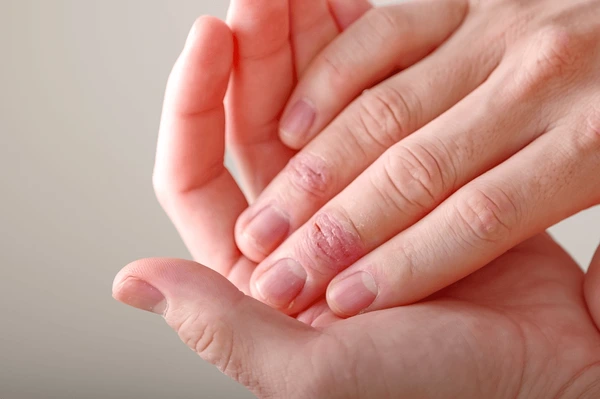
She elaborated, stating, “Though it may be challenging to detect, high cholesterol does not evade all indicators. One subtle yet telling sign may manifest in the nails.” Specifically, she underscored the importance of scrutinizing nails for a pallid hue, which could signify impaired blood circulation caused by the accumulation of arterial plaque.
This phenomenon arises as cholesterol deposits contribute to the obstruction of blood vessels, restricting oxygen-rich blood from reaching extremities and thus inducing a pale or discolored appearance in the nails. The NHS corroborates this observation, further highlighting that “brittle or sluggishly growing toenails” may also signify elevated cholesterol levels. Such symptoms could denote peripheral arterial disease (PAD), a condition precipitated by the buildup of cholesterol within the arteries, disrupting blood supply to the lower extremities. However, as PAD symptoms tend to progress insidiously, recognizing them early and seeking prompt medical consultation is imperative, according to getsurrey.co.uk.
Dr. Wassermann also emphasized the broader spectrum of potential symptoms, including heightened susceptibility to cardiovascular events, numbness, and compromised limb functionality. She advised, “Should you observe pale nails or any of the aforementioned indicators, do not delay seeking professional evaluation. A blood test administered by your healthcare provider will confirm whether cholesterol is the underlying culprit.”
Strategies for Cholesterol Management
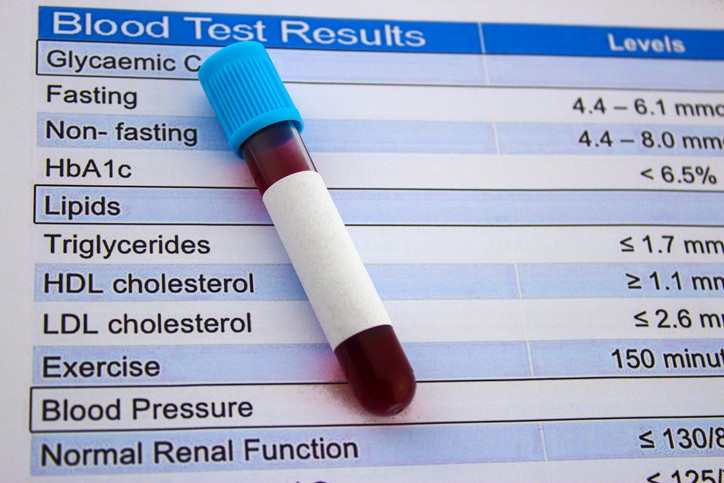
To mitigate elevated cholesterol levels, the NHS recommends adopting the following lifestyle interventions:
– Avoidance of saturated fats to reduce lipid accumulation in blood vessels.
– Adherence to a nutrient-rich diet encompassing fruits, vegetables, whole grains, nuts, seeds, and heart-healthy fats.
– Engaging in consistent physical activity to bolster cardiovascular resilience.
– Cessation of smoking to diminish arterial damage.
– Moderation of alcohol intake to prevent unnecessary strain on the liver.
If cholesterol-related concerns arise, promptly consulting a general practitioner (GP) is crucial to pre-empt potential health crises.
